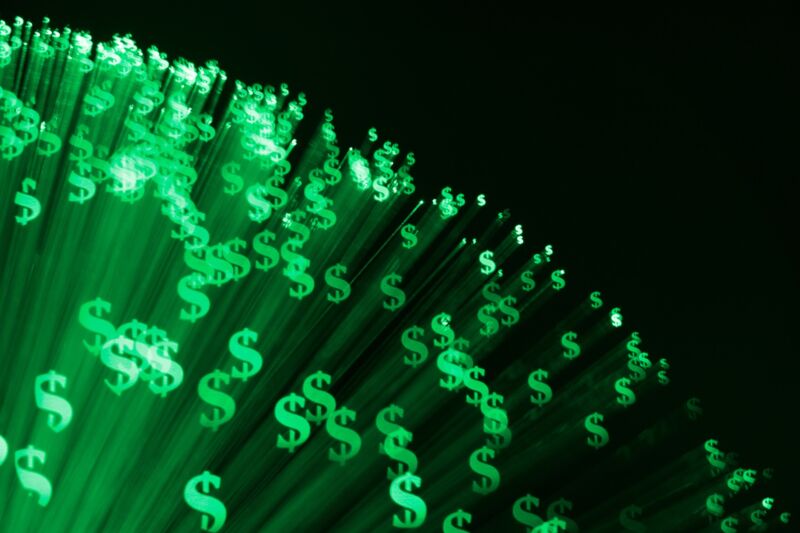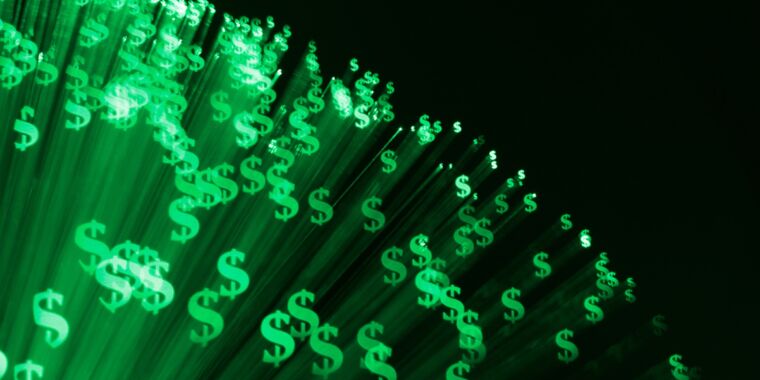

President Joe Biden today issued an executive order that could lead to the US creating a digital currency.
“My Administration places the highest urgency on research and development efforts into the potential design and deployment options of a United States CBDC [Central Bank Digital Currency],” the executive order said. “These efforts should include assessments of possible benefits and risks for consumers, investors, and businesses; financial stability and systemic risk; payment systems; national security; the ability to exercise human rights; financial inclusion and equity; and the actions required to launch a United States CBDC if doing so is deemed to be in the national interest.”
Biden’s order said a US-issued digital currency could be used to “support efficient and low-cost transactions, particularly for cross‑border funds transfers and payments, and to foster greater access to the financial system, with fewer of the risks posed by private sector-administered digital assets” such as bitcoin and other cryptocurrencies. But there are “potential risks and downsides to consider,” and Biden ordered federal agencies to prepare a report within six months analyzing the implications. Over 100 countries are already “exploring or piloting” CBDCs, the White House said.
Biden also ordered government agencies to develop policies for managing cryptocurrencies that already exist. “The rise in digital assets creates an opportunity to reinforce American leadership in the global financial system and at the technological frontier, but also has substantial implications for consumer protection, financial stability, national security, and climate risk,” the White House said. Biden’s order “encourages regulators to ensure sufficient oversight and safeguard against any systemic financial risks posed by digital assets.”
Biden’s order noted that “negative climate impacts and environmental pollution… may result from some cryptocurrency mining.” There would be no need for mining with a digital currency issued by a central bank.
Bitcoin’s price was up 8 percent today and other cryptocurrencies rose as Biden’s order “appeared to take a supportive stance toward the industry,” CNBC wrote. Bitcoin’s price has been highly volatile, as it “began the pandemic at $7,300, peaked at around $68,000 before falling back down to about $39,000,” a Biden administration official noted in a call with reporters yesterday.
What is a Central Bank Digital Currency?
The Federal Reserve explains that a Central Bank Digital Currency “is generally defined as a digital liability of a central bank that is widely available to the general public.” That’s in contrast to the two current types of central bank money in the US: “physical currency issued by the Federal Reserve and digital balances held by commercial banks at the Federal Reserve,” a Federal Reserve FAQ said.
“While Americans have long held money predominantly in digital form—for example in bank accounts, payment apps or through online transactions—a CBDC would differ from existing digital money available to the general public because a CBDC would be a liability of the Federal Reserve, not of a commercial bank,” the Federal Reserve says. Because it would be a liability of the Federal Reserve, “a CBDC would be the safest digital asset available to the general public, with no associated credit or liquidity risk.”
A US-issued digital currency would in some ways be similar to stablecoins that are pegged to the value of the dollar. A major difference is that CBDCs would be issued by the Federal Reserve itself.
The Federal Reserve says it hasn’t decided whether to pursue a digital currency but notes that a CBDC “could provide households and businesses a convenient, electronic form of central bank money, with the safety and liquidity that would entail; give entrepreneurs a platform on which to create new financial products and services; support faster and cheaper payments (including cross-border payments); and expand consumer access to the financial system.”
“The Federal Reserve does not intend to proceed with issuance of a CBDC without clear support from the executive branch and from Congress, ideally in the form of a specific authorizing law,” the Federal Reserve also says.
A US CBDC wouldn’t replace cash or paper currency. “The Federal Reserve is committed to ensuring the continued safety and availability of cash and is considering a CBDC as a means to expand safe payment options, not to reduce or replace them,” the Federal Reserve said.
Senior Biden administration officials told reporters that “the implications of potentially issuing a digital dollar are profound.” But those officials added that they intend to “maintain the centrality of the dollar in global financial markets and in the global economy.”
